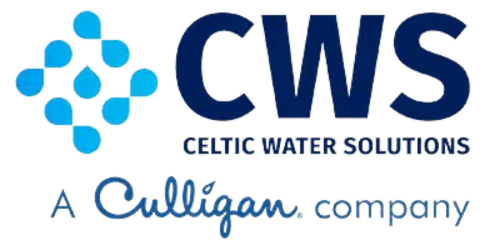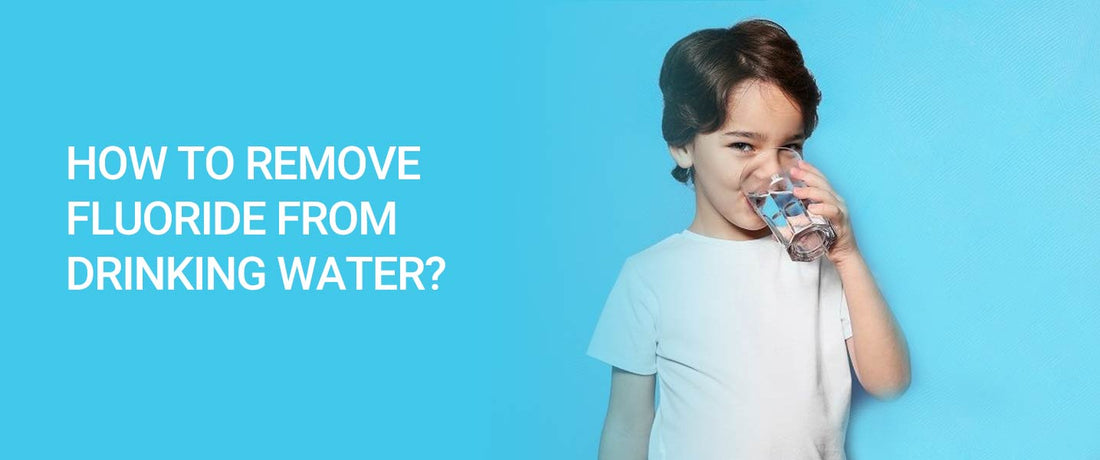The fluoridation of piped public water supplies is a public health measure designed for the prevention and control of dental decay. Whilst fluoride is universally regarded as great for oral health, helping prevent teeth cavities, there remains controversy about whether directly ingesting the substance is harmful to our overall health. Many people prefer to filter out these fluoride traces, believing that there are health risks associated with ingesting fluoride even at low levels. In this blog, we discuss why you should consider removing fluoride from your drinking water and how to do it.
Why do you need to remove fluoride?
Fluoride in its natural form is not harmful to your health. Fluoride is commonly used in dentistry to strengthen enamel, which is the outer layer of your teeth. However artificial fluoride, which is added to water, can in very rare occasions contain by-product substances such as fluorosilicic acid, sodium silicofluoride and sodium fluoride. It is these that can be detrimental to your overall well-being and cause the most common side-effects of excess fluoride consumption. The level of fluoride in drinking water in Ireland has been set at between 0.6-0.8 parts per million (ppm) or milligrams per litre (mg/l) Excessive fluoride exposure has been linked to several health issues such as:- Dental fluorosis
- Skeletal fluorosis
- Thyroid problems
- Neurological problems
Over the years, many studies have looked at the possible link between fluoride and cancer. Most of the concern about cancer seems to be around osteosarcoma.
Does reverse osmosis remove fluoride from water?
Whilst some chemicals can be removed through simple filtration systems and pitcher filters, fluoride is a difficult chemical to remove and is only achieved using specialised fluoride filters and reverse osmosis systems. A reverse osmosis system is an efficient and hassle-free solution to remove fluoride from drinking water. It uses pressure to force a solution through a semipermeable membrane. Contaminant molecules are larger than water molecules, so only water can pass through. The removed contaminants are then flushed down the drain. This happens at a constant rate, with water entering the chamber and being forced through the RO membrane, and wastewater leaving through the system’s drainpipe. Datasheet from Water Quality Association (WQA) states that reverse osmosis systems can remove roughly 80% to 90% of fluoride from drinking water.
What else do RO systems remove from water?
Reverse osmosis (RO) systems can remove common contaminants from water including nitrates, pesticides, sulphates, fluoride, bacteria, pharmaceuticals, arsenic and much more.| Sodium | 85 - 94% |
| Sulphate | 96 - 98% |
| Calcium | 94 - 98% |
| Potassium | 85 - 95% |
| Nitrate | 60 - 75% |
| Iron | 94 - 98% |
| Zinc | 95 - 98% |
| Mercury | 95 - 98% |
| Selenium | 94 - 96% |
| Phosphate | 96 - 98% |
| Lead | 95 - 98% |
| Arsenic | 92 - 96% |
| Magnesium | 94 - 98% |
| Nickel | 96 - 98% |
| Fluoride | 85 - 92% |
| Manganese | 94 - 98% |
| Cadmium | 95 - 98% |
| Barium | 95 - 98% |
| Cyanide | 84 - 92% |
| Chloride | 85 - 92% |
During the multi-stage filtration process of an RO system, water will pass through pre-filters (to remove sediment, large particles and chlorine), then on to a semi-permeable RO membrane (which can remove most impurities down to .001 microns), as well as a post filter (generally a carbon filter to improve taste). Reverse osmosis technology is not designed to remove bacteria and viruses. If bacteria enters the RO system, it can continually grow in pre-filters and deteriorate the membrane over time. Thus, most RO system manufacturers specify that the system "must be used with biologically safe water Bacteria and virus removal is best achieved with a UV water filter.

